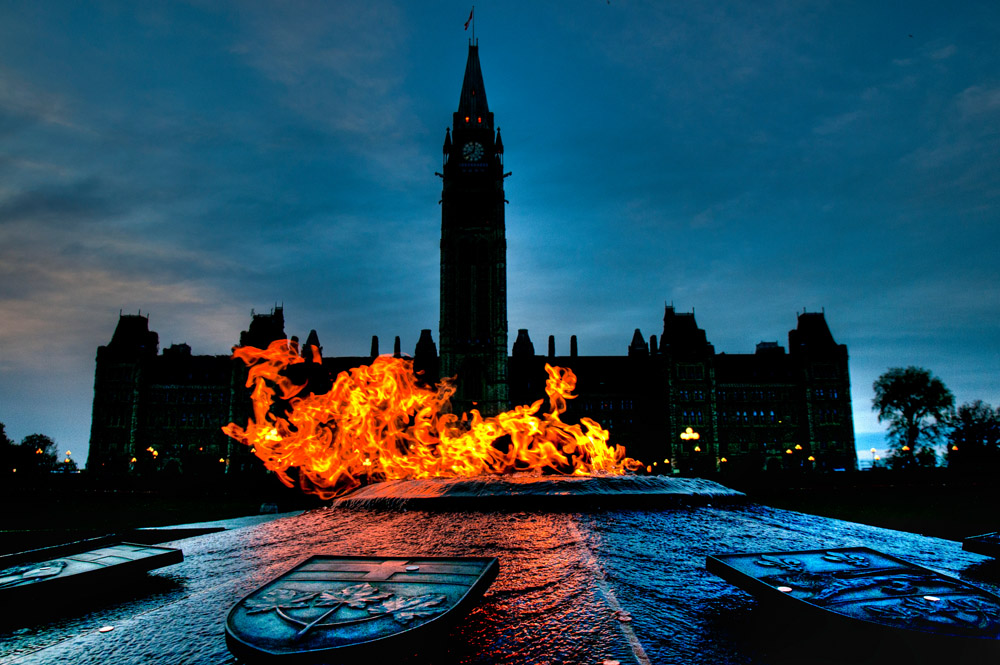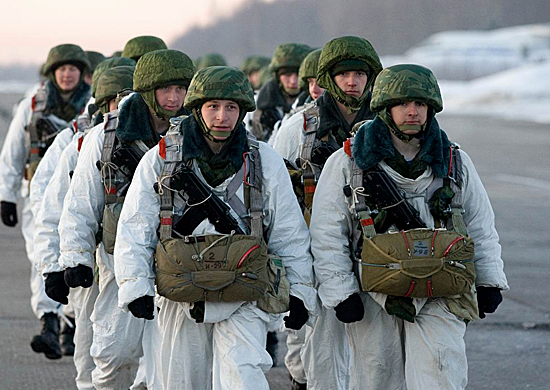
[quote align=”center” color=”#999999″] Those who think terrorist actions will permanently change Canada do not know how tough Canadians are. These acts are tragic but Canadians, from far and wide, will stand on guard and endure it. [/quote]
On October 17, 2014, the terrorism threat level in Canada rose from low to medium for the first time since Aug. 13, 2010. The nation’s capital is on high alert following a shooting in Ottawa. At Parliament Hill today, Sgt.at Arms Kevin Vickers and the Canadian Security Forces shot a gunman dead after the shooting of a Canadian Forces Reservist soldier at the National War Memorial.
Access to Parliament Hill is mostly open to the public, however security was significantly boosted in 2009 after 20 Greenpeace activists managed to scale two of the buildings and unfold banners protesting Canada’s oil sands. The RCMP responded by significantly boosting its presence on the Hill.
RCMP officers and government security guards patrol the grounds and buildings behind the 143-year-old iron gates on foot and in vehicles. The area is also monitored through video surveillance by several law enforcement agencies from an RCMP facility about 20 kilometres east. The airspace over Parliament Hill is also a no-fly zone.
The situation that unraveled after 9am on Wednesday morning is undoubtedly tragic. What is more tragic is that this is not the first time a gunman has launched an attack on Canada’s Parliament. Today’s shootings in Ottawa are the latest in a long history of major security breaches and terrorism incidents in Ottawa and across Canada.
[quote align=”center” color=”#999999″] As the list of terror acts described demonstrates, there is no standard profile. [/quote]
In the early 1960s, the Sons of Freedom emerged from the otherwise pacifist Doukhobor sect in British Columbia. Over four years, the group blew up railway tracks, hydro towers and other industrial and government targets in the province.
In 1966, Paul Joseph Chartier accidentally blew himself up in the Centre Block with 10 sticks of dynamite. He left a note revealing he had planned to toss the explosives onto the floor of the Commons and “exterminate as many members as possible.” Luckily no one else was hurt.
In 1970, The FLQ triggered the 1970 October Crisis with the kidnappings of British Trade Commissioner James Cross and Quebec Labour Minister Pierre Laporte, who was later executed by them.
In 1982, The military attaché of the Turkish Embassy, Col. Atilla Altikat was driving to work and stopped at a red light at Island Park Drive and the Sir John A. Macdonald Parkway. A gunman pulled up and fired about 10 shots from a handgun toward the father of two. He died at the wheel. The killer was never caught. In April of that same year, a commercial counsellor attached to the Turkish embassy, Kani Gungor, was shot outside his home and left paralyzed.
In 1985, An Armenian-Canadian terror cell attacked the Turkish Embassy in Ottawa, killing a security guard. The same year, Sikh militants were suspected in the bombing of Air India flight 182 from Montreal to Delhi that claimed 329 lives, including 286 Canadians.
In 1995, a night prowler carrying a small knife evaded RCMP security, slipped into 24 Sussex Drive and made it to the bedroom door of a sleeping former Prime Minister Jean Chretien and his wife, Aline. The former PM famously grabbed an Inuit stone carving for protection and the couple called for help.
In 2006, the so-called Toronto 18 terror group plotted to blow up the Toronto Stock Exchange, the Toronto office of the Canadian Security Intelligence Service, a military base near Toronto, and storm the parliament buildings and behead the prime minister. Eleven jihadists were convicted.
As the list of terror acts described above demonstrates, there is no standard profile. Canadians must understand that there is no such thing as perfect security and no such thing as easy prevention, at least not in a democratic setting. As a nation, Canadians must learn whatever lessons can be unearthed from these most unfortunate cases.
Canadians must appreciate the following realities: first, terror attacks cannot always be prevented; second, the path from the embrace of radical thoughts and ideas to a commitment to terrorist violence is not a path that can be easily charted.
[quote align=”center” color=”#999999″] Many Canadians have said they want their privacy protected; while others talk about finding a respectable balance between personal liberties and national security.[/quote]
However, the Federal government in Canada has taken counter terrorist measures to help prevent future attacks and protect Canadians both domestic and abroad. Building Resilience Against Terrorism is Canada’s first Counter-terrorism Strategy. The overarching goal of the Strategy is to protect Canada, Canadians and Canadian interests. Those who think terrorist actions will permanently change Canada do not know how tough Canadians are. These acts are tragic but Canadians, from far and wide, will stand on guard and endure it.
On May 2014, Sen. Hugh Segal said Canada needs a parliamentary intelligence oversight committee for Canada’s security services, such as Communications Security Establishment Canada and the Canadian Security Intelligence Service. He, and others, argued the point at a public meeting of the Senate Liberal caucus.
In the wake of revelations about the breadth of electronic spying by the U.S. National Security Agency, many Canadians have said they want their privacy protected; while others talk about finding a respectable balance between personal liberties and national security.




